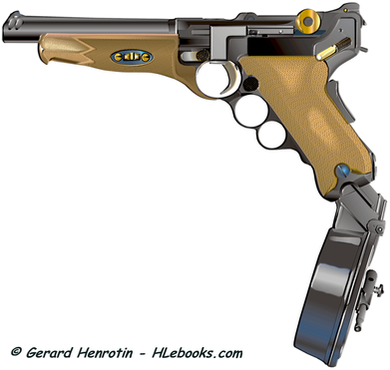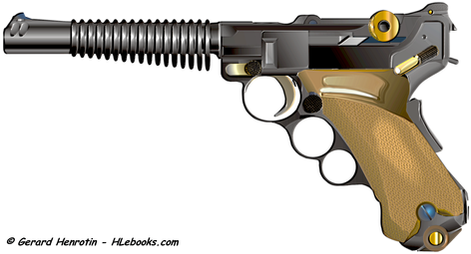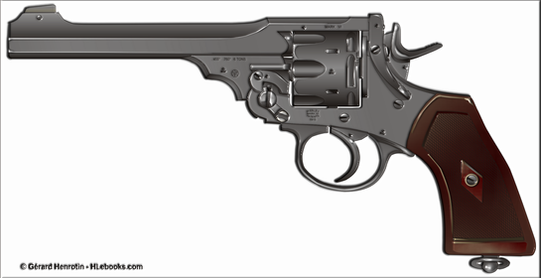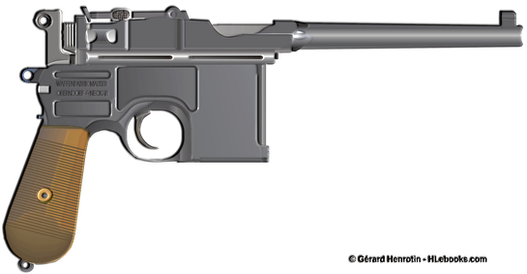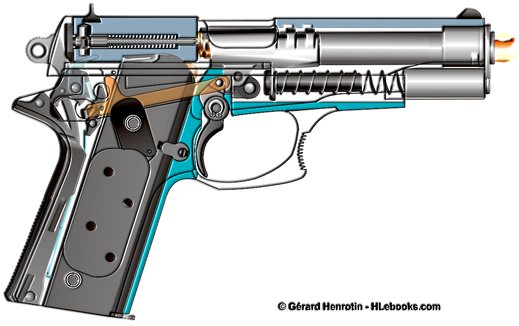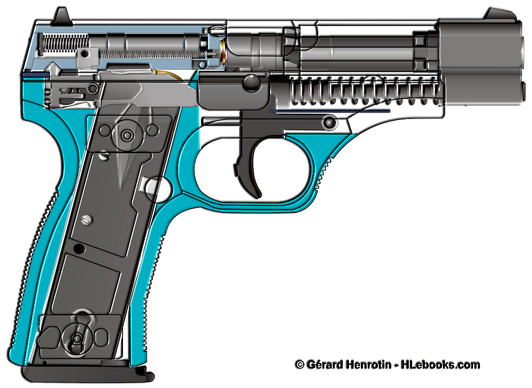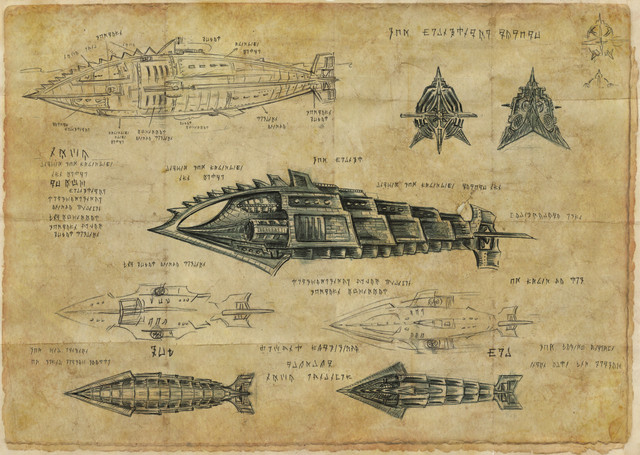HOME | DD
 cungya — Smith Wesson revolver Model 2 - HLebooks.com
cungya — Smith Wesson revolver Model 2 - HLebooks.com

#firearms #revolver
Published: 2015-06-06 18:39:48 +0000 UTC; Views: 1604; Favourites: 12; Downloads: 3
Redirect to original
Description
Ebook download page: www.hlebooks.com/ebook/swtipEN…Android APP: play.google.com/store/apps/det…
Content
Early developments toward the bored through cylinder
- Cap and ball era with Colt revolvers
- Mechanism of the Leonard pepperbox
- Rollin White loading systems explained
- S & W terms of acquisition of the Rollin White's patent
Evolution toward the self-contained cartridge
- Self-contained cartridges in Europe
- Samuel Pauly's self-contained cartridge
- Louis Nicolas Auguste Flobert
- The Walter Hunt self-contained cartridge of 1848
- Walter Hunt's "Volition" repeater
- Lewis Jennings improved version of the Hunt gun
- Courtland C. Palmer
- Cartridge protected by U.S. patent #14147
- Early Smith and Wesson model produced at Norwich
- S & W cartridge protected by U.S. patent #11496
- Early rimfire cartridge by Smith and Wesson
Early developments of the S&W Model 1 revolver
- F. H. Harrington patent #20607 (jointed hammer)
- Leaf spring barrel catch and separate ratchet
- Remedies to the cartridge bulging issue
- General characteristics of the Model 1 first issue
- Typical features of the first type
- Typical features of the second type
- Typical features of the third type
- Typical features of the fourth type
- Typical features of the fifth type
- Typical features of the sixth type
Markings and finish of the Model 1 first issue revolver
- Firm and patent markings
- Serial numbers and assembly markings
- Metal finish and presentation cases
- Luxury engraved version with mother of pearl grip plates
- Gutta percha presentation case by Littlefield Parsons & Co.
- Second model of gutta percha case known as the "Stand of Flags"
S&W Model 1 second and third issue
- Typical S&W Model 1 second issue
- Production of the S&W Model 1 second issue
- General characteristics of the Model 1 second issue
- Markings found on the S&W Model 1 second issue
- "2D QUAL'TY" marking
- S&W Model 1 third issue
- Early and later top strap profile
- General characteristics of the Model 1 second issue
- Markings found on the S&W Model 1 third issue
- Nickel plating of firearms
- Model 1 third issue "Target Model"
Dismounting of the S&W Model 1 second issue (I)
- Removal of the cylinder
- Dismounting the cylinder inner axial stud
- Detachment of the barrel from the frame
- Disassembly of the barrel latch
- Removal of the grip plates
Dismounting of the S&W Model 1 second issue (II)
- Removal of the sideplate
- Dismounting of the main spring
- Dismounting of the hammer assembly from the frame
- Disassembling of the hammer components
- Hammer pivot in the frame
Dismounting of the S&W Model 1 second issue (III)
- Dismounting of the trigger
- Dismounting of the cylinder stop
- Index of the parts
Functioning of the S&W Model 1 second issue (I)
- Functioning of the trigger mechanism
- Weakness of the barrel attachment
- Barrel latch explained
Functioning of the S&W Model 1 second issue (II)
- Adjustment of the cylinder inner stud
- Functioning of the cylinder stop
S&W Model 1 1/2 first issue
- General characteristics of the Model 1 1/2 first issue
- Variations of this model that must draw attention
- Firm and patent markings found on the S&W Model 1 1/2 first issue
- Serial number markings found on the S&W Model 1 1/2 first issue
- Location of the assembly markings
- Assembly marking on the rear face of the trigger
- Notable areas of weakness
Mechanical features of the Model 1 1/2 first issue
- Cylinder adjustment
- Modified tool tip to accommodate the cylinder stud
- Precise positioning of the forward lug of the cylinder
- Functioning of the cylinder stop in the bottom frame strap
S&W Model 1 1/2 second issue and transitional
- General characteristics of the Model 1 1/2 first issue
- Firm and patent markings on the S&W Model 1 1/2 second issue
- Serial number markings
- Location of the assembly markings
- Cylinder stop features
- S&W Model 1 1/2 transitional
- For those who might thought of "building" a transitional model
Smith & Wesson no 2 Old Model (or no 2 Army)
- General characteristics of the no 2 Old Model
- Old type of hammer knurling
- Later trigger checkering
- Grip escutcheon and screw variations
- Firm and patent markings
- Serial number marking (tiny and large dies)
- Assembly marks
- Mechanical features and functioning
- Reloading kits for the .32 RF short and long
Original patents - drawings and texts
- Colt patent #9430X dated February 25, 1936
- George Leonard Jr. patent #6723 dated Sept. 18, 1
- George Leonard Jr. patent #7493 dated July 9, 1850
- Rollin White patent #12648 dated April 3, 1855
- Rollin White patent #12649 dated April 3, 1855
Original Smith & Wesson patents - drawings and texts
- Horace Smith U.S. patent #8317 dated August 26, 1851
- Smith & Wesson U.S. patent #10535 dated February 14, 1854
- Smith & Wesson U.S. patent #11496 dated August 8, 1854
- Smith & Wesson U.S. patent #14147 dated January 22, 1856
- F. H. Harrington U.S. patent #20607 dated June 15, 1858 assigned to S & W
- Smith & Wesson U.S. patent #24666 dated July 5, 1859
- Smith & Wesson U.S. patent #27933 dated April 17, 1860
- Smith & Wesson U.S. patent #30990 dated December 18, 1860
- Smith & Wesson U.S. patent #51092 dated November 21, 1865
